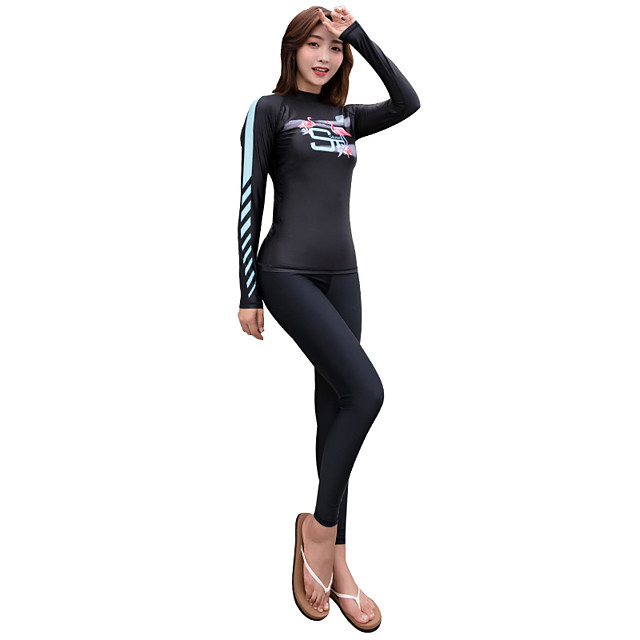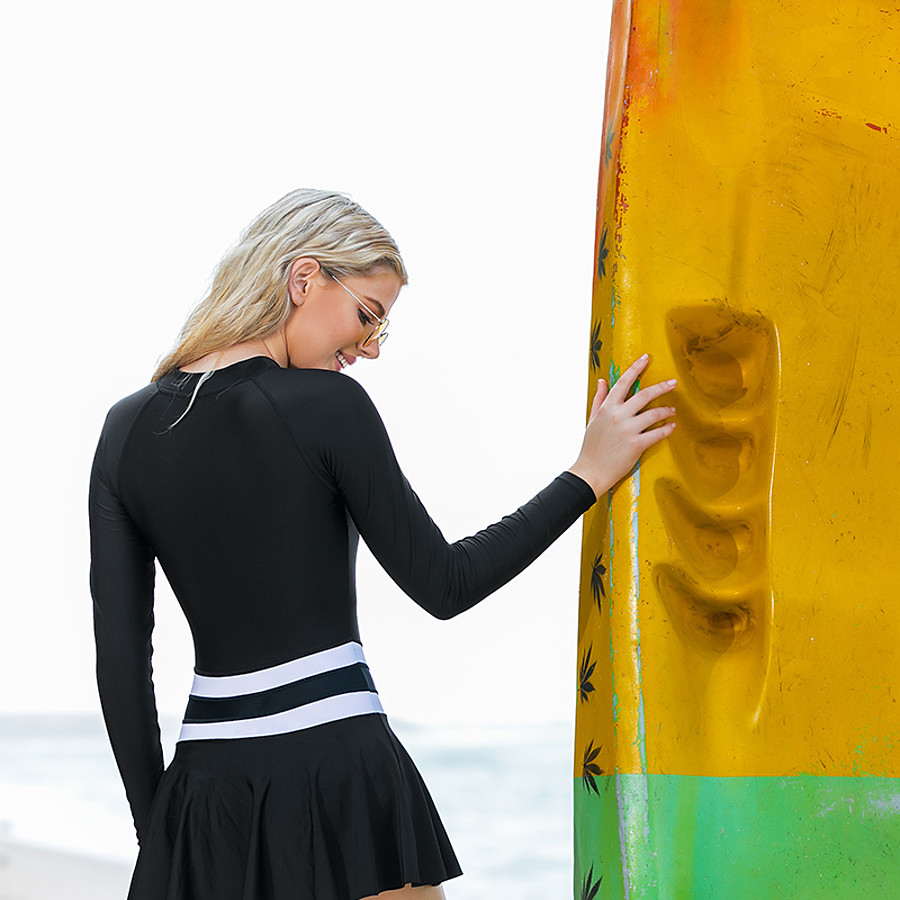
Limitations of the weighing method include the lack of a time stamp on usage data, reliance on the return of the sunscreen bottle for weighing, and inability to account for how many people may be using the sunscreen. Questionnaires or interviews can also be burdensome to complete, participants may miss questions, and they do not allow for real-time monitoring of compliance. Objective measurements of sunscreen usage are possible by using standardized scales and weighing bottles to determine the amount used. Health interventions to improve sun protection behaviors often assess sunscreen usage through self-report, which can be subject to social desirability bias and inaccurate memory recall.
#Sbart sun protection skin
Regular sunscreen application has been shown to reduce the incidence of squamous cell carcinomas and melanoma and block the harmful molecular effects of UVR on skin cells in vivo. Skin cancer has been listed as a work-related condition requiring priority for prevention activities in the Australian Work Health and Safety Strategy 2012-2022, and PPE is required to be provided by the workplace. There was also a high percentage of outdoor workers (56.9%) exposed to UVR at work for more than 4 hours per day, with occupations such as mining, farming, and animal and horticultural workers. In an Australian outdoor workers study (n=162), 93% of workers reported sunscreen was provided by their workplace however, sunscreen was the least frequently used personal protective equipment (PPE), with only 40% of workers self-reporting usually or always using sunscreen during work hours. The Australian Work Exposures Study reported on 1100 outdoor workers and found that, although sun protection was used by 94.9% of Australian outdoor workers, only 8.7% of workers were classified as fully protected, with the most frequently used methods being protective clothing and hats. Despite continuing educational efforts, a disconnect persists between public understanding of the harmful effects of excessive sun exposure and regular use of sunscreen. In the Australian population, approximately 23.1% of all workers are estimated to be exposed to UVR at work.

A meta-analysis has shown that outdoor workers are at increased risk of developing skin cancer, with the risk of squamous-cell carcinoma nearly double for outdoor workers than for indoor workers, while the risk of basal cell carcinoma is increased by almost 1.5 times. Australia has one of the highest rates of skin cancers in the world, which are at least double those of the United States or United Kingdom.


Ultraviolet radiation (UVR) is the main environmental risk factor for melanoma and keratinocyte skin cancers.


 0 kommentar(er)
0 kommentar(er)
